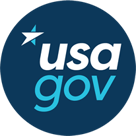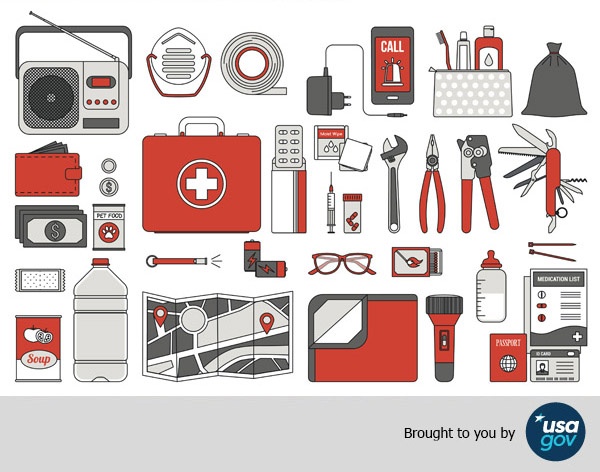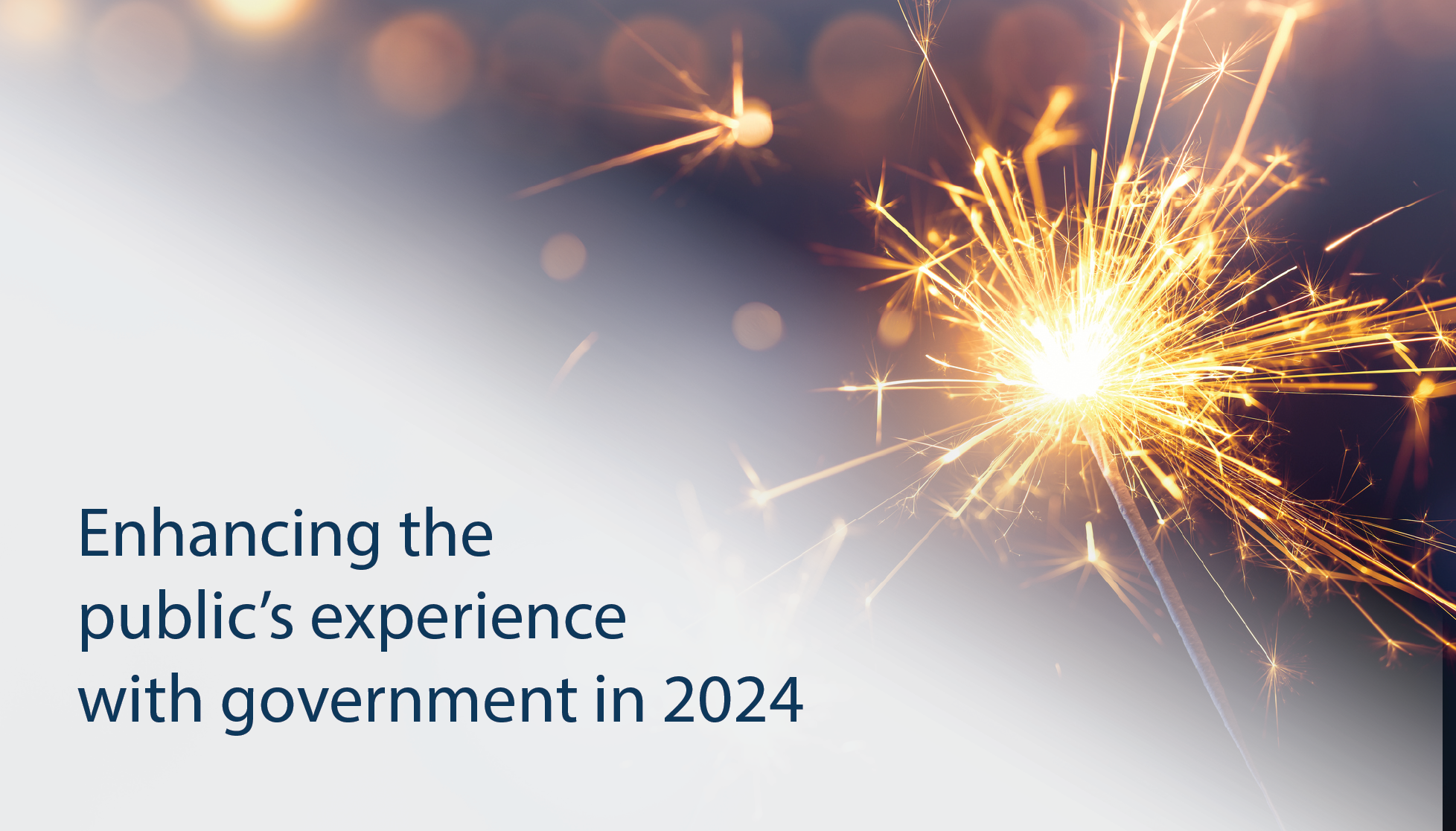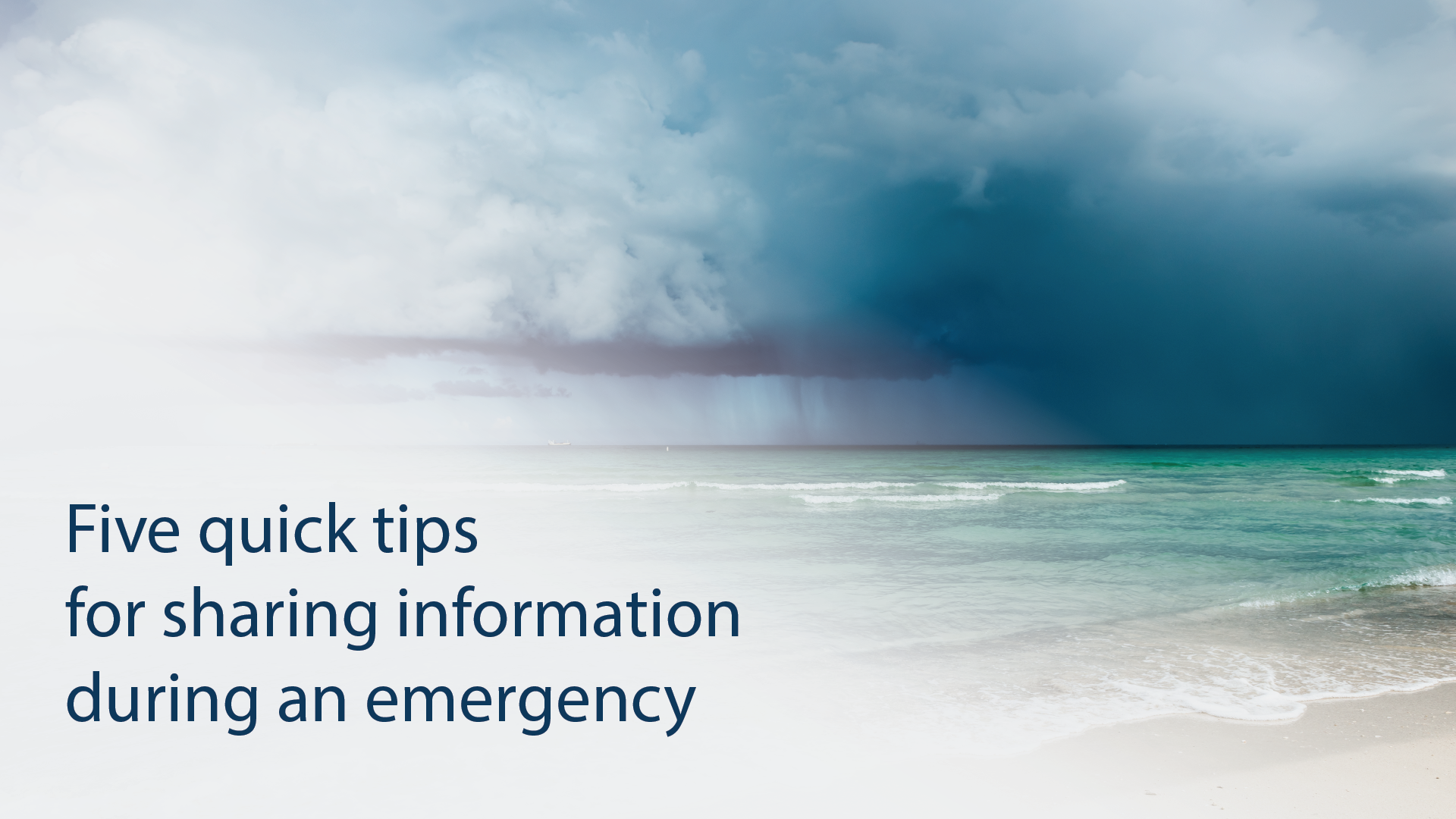When Hurricane Maria slammed into Puerto Rico, it caused a total collapse of the traditional communication infrastructure. People on the island turned to radio and social media as a lifeline. Family members on the mainland searched for information they could easily share via text.
To communicate vital, life-saving information, we worked with social media influencers to amplify the messages of subject matter experts from FEMA and the National Weather Service. This helped ensure that critical information reached the people who needed it most.
We identified influencers as people who were subject matter experts, celebrities, and others, as well as regular people who have become famous online with a powerfully engaged audience.
Most social media experts recommend approaching influencers slowly. However, due to the severity of the storm, we quickly approached influencers to help us get vital information out immediately.
Why did we target influencers during hurricane season?
Influencers helped us:
- Expand our reach when communication was difficult. Through influencers on the ground, such as local artists, we learned about the main questions and the most urgent needs in the affected areas. It also gave us the opportunity to address misinformation and rumors with the public directly. This type of real-time outreach on a day-to-day basis lasted for weeks and evolved as the disaster went from preparedness to response to recovery.
- Reach new audiences. Interacting with influencers allowed us to connect with people who weren't following us at the time, such as those followers of a local singer in Puerto Rico. Since influencers have a personal attachment to certain geographical areas or communities, our replies to their messages gave us an insight into the needs of specific regions.
How did we find the right influencers?
Following the conversation on location-centered hashtags, like #MariaPR, allowed us to follow area-specific developments. Tracking these hashtags also gave us insight into new influencers we didn’t know and who were active. The team treated those hashtags like a timeline so we could keep in touch with what was happening on the ground, even 90 days after the storm had passed.
How did we develop a relationship with influencers?
Rather than developing a relationship over time, we quickly provided influencers with the information they were looking for. We listened, watched, and read their messages and determined how we could help them. This separated us from other accounts simply looking for a retweet or mention.
Despite this unorthodox approach, we developed a trusting relationship with influencers simply by listening and providing official government information in a timely manner. The power of our brand and the fact that we were providing answers in real time let influencers know we were reliable. Moving forward, we hope to continue to build relationships with influencers, so we can work with them to share important government information to audiences that we might not be able to reach on our own.
Edgardo Morales is an Outreach and Social Media Specialist with USAGov/GSA. Andrea Castelluccio is an Editor for USAGov/GSA.




_v003.png)